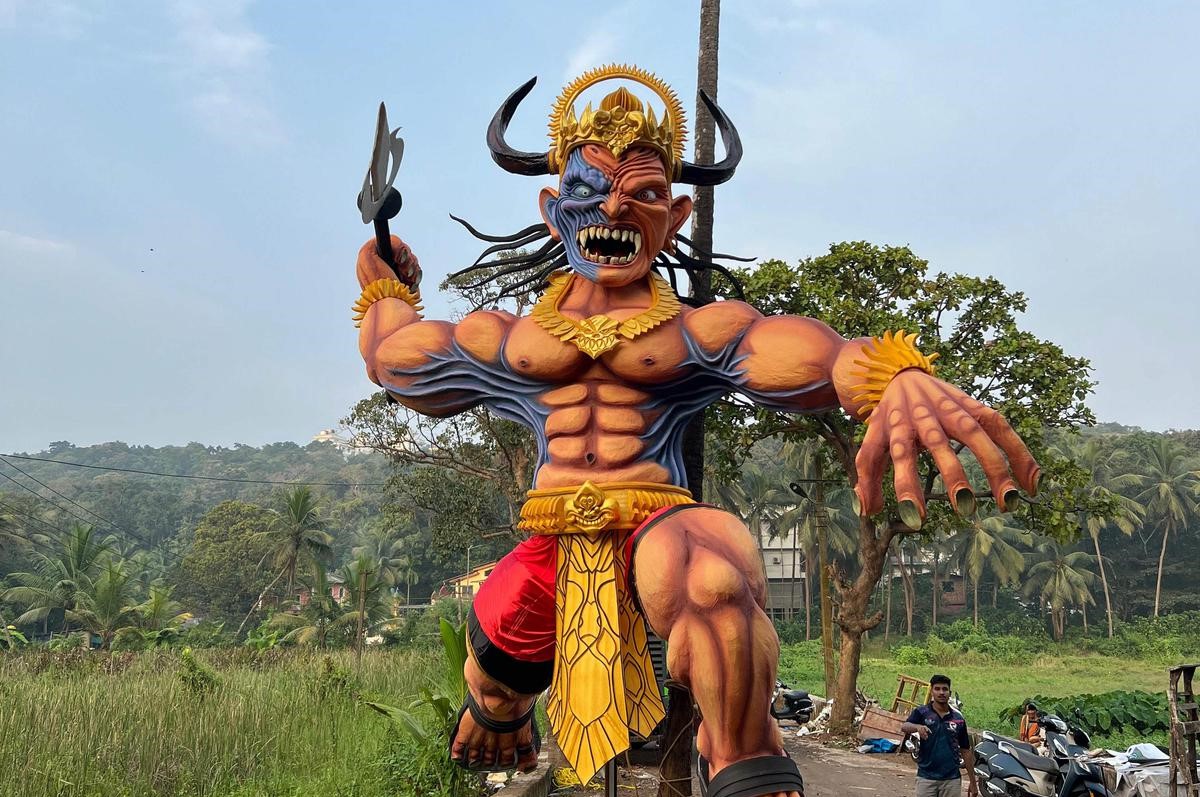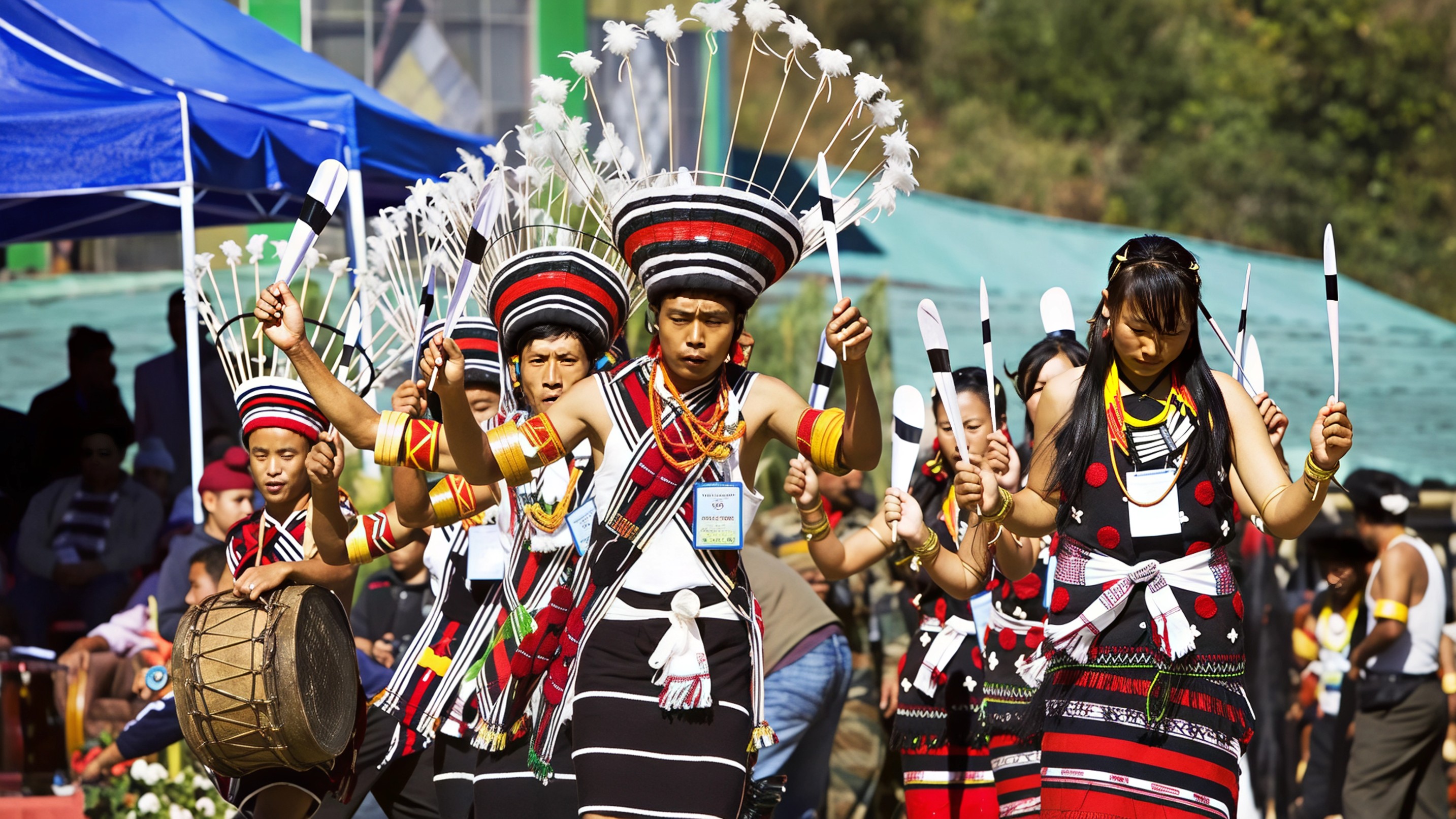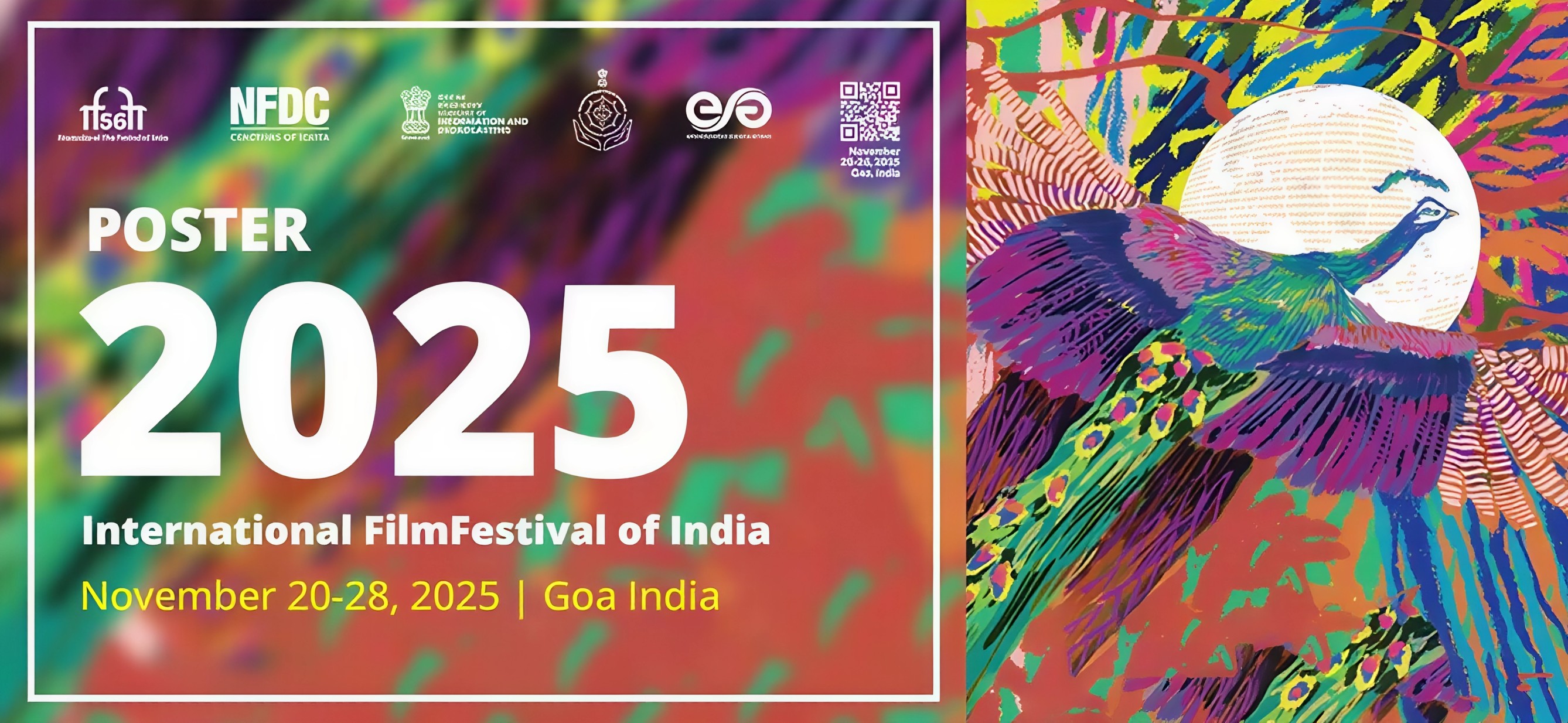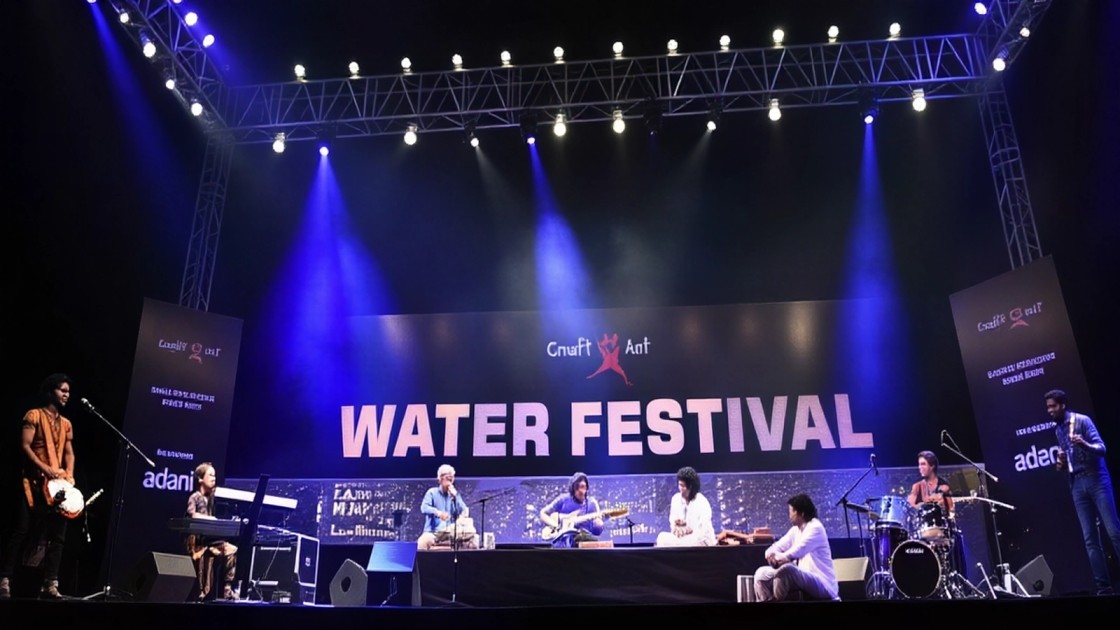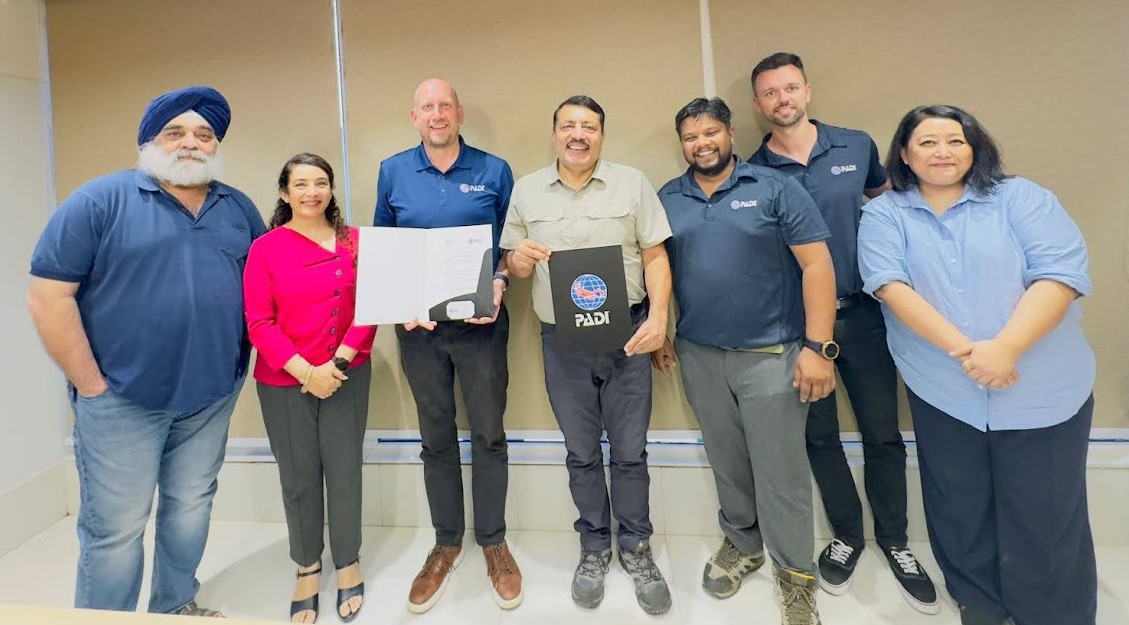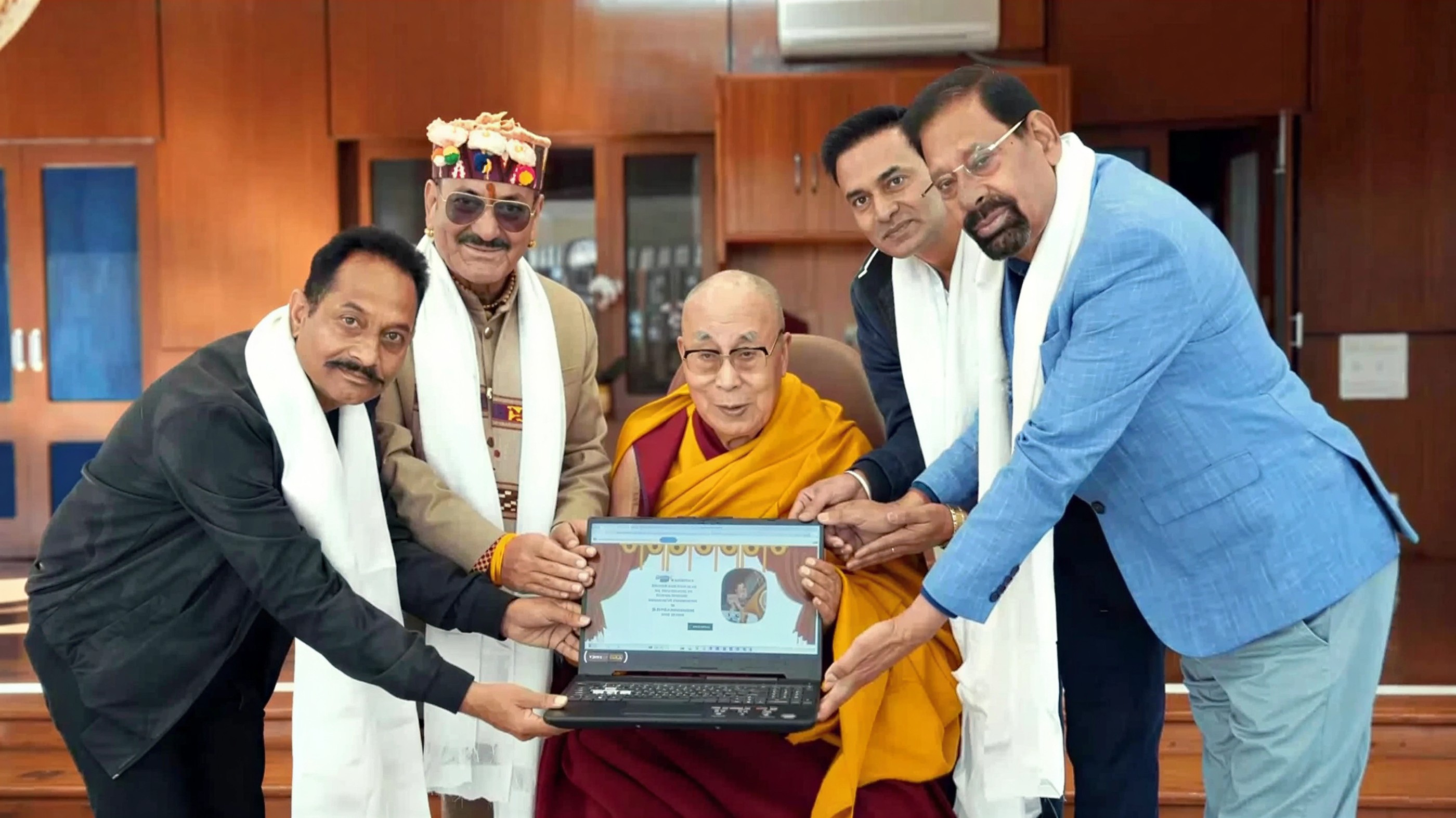Diwali in Goa looks nothing like anywhere else in India. As most of the country prepares for Lakshmi Puja and flickering oil lamps, Goa erupts in a spectacle of fire, drums, and dance. The festival begins not with quiet prayer but with Narakasur Chaturdashi, an ancient tradition that turns the entire state into a stage for the ultimate battle between good and evil.
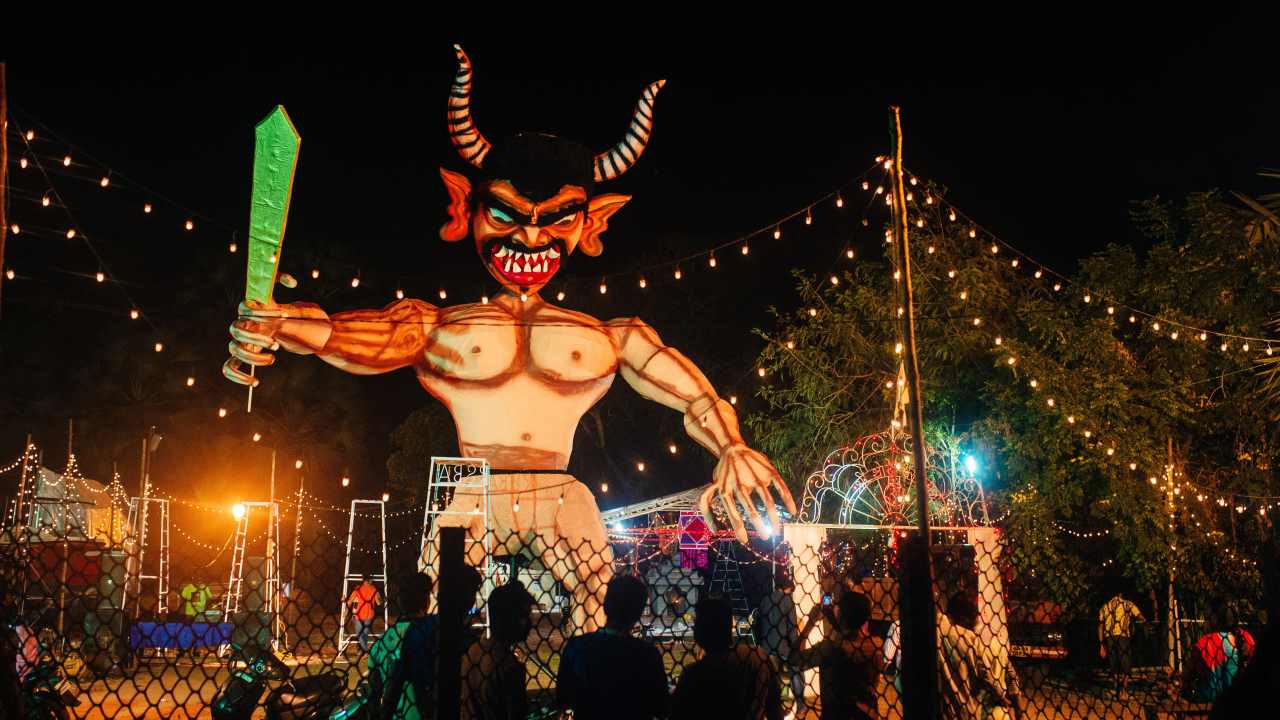
The Legend Of Narakasur
According to mythology, Narakasur was a mighty but cruel demon king who ruled over the Earth with arrogance and fear. Born to Bhudevi, the goddess of the Earth, and Lord Vishnu’s boar incarnation, Varaha, his power grew unchecked until he began tormenting gods and humans alike. He is said to have kidnapped 16,000 women and plunged the world into chaos.
His reign of terror came to an end when Lord Krishna, aided by his wife Satyabhama (an incarnation of Bhudevi herself), confronted and killed him. His death symbolized the victory of light over darkness — the essence of Diwali. Goa keeps this story alive through its spectacular Narakasur festivities.
The Night Of The Fiery Parade
On the night before Diwali, Goa transforms into a carnival of energy and creativity. Across towns and villages, young men and artists spend weeks building gigantic effigies of Narakasur — some towering as high as two stories. Made from straw, paper, and bamboo, these monstrous figures are painted in bold colours with terrifying faces, glowing eyes, and fiery expressions.
As evening falls, these effigies are paraded through the streets in vibrant processions filled with drumming, dancing, and cheers from crowds. Communities compete to create the most fearsome Narakasur, often adding light effects, music systems, and dramatic storytelling. By early dawn, these effigies are set ablaze — a breathtaking moment that fills the air with flames, fireworks, and chants celebrating Krishna’s victory.
The act of burning Narakasur’s effigy represents the destruction of evil and negativity. Locals also crush a bitter berry called kareet underfoot, symbolizing the demon’s defeat, before exchanging sweets and festive greetings.
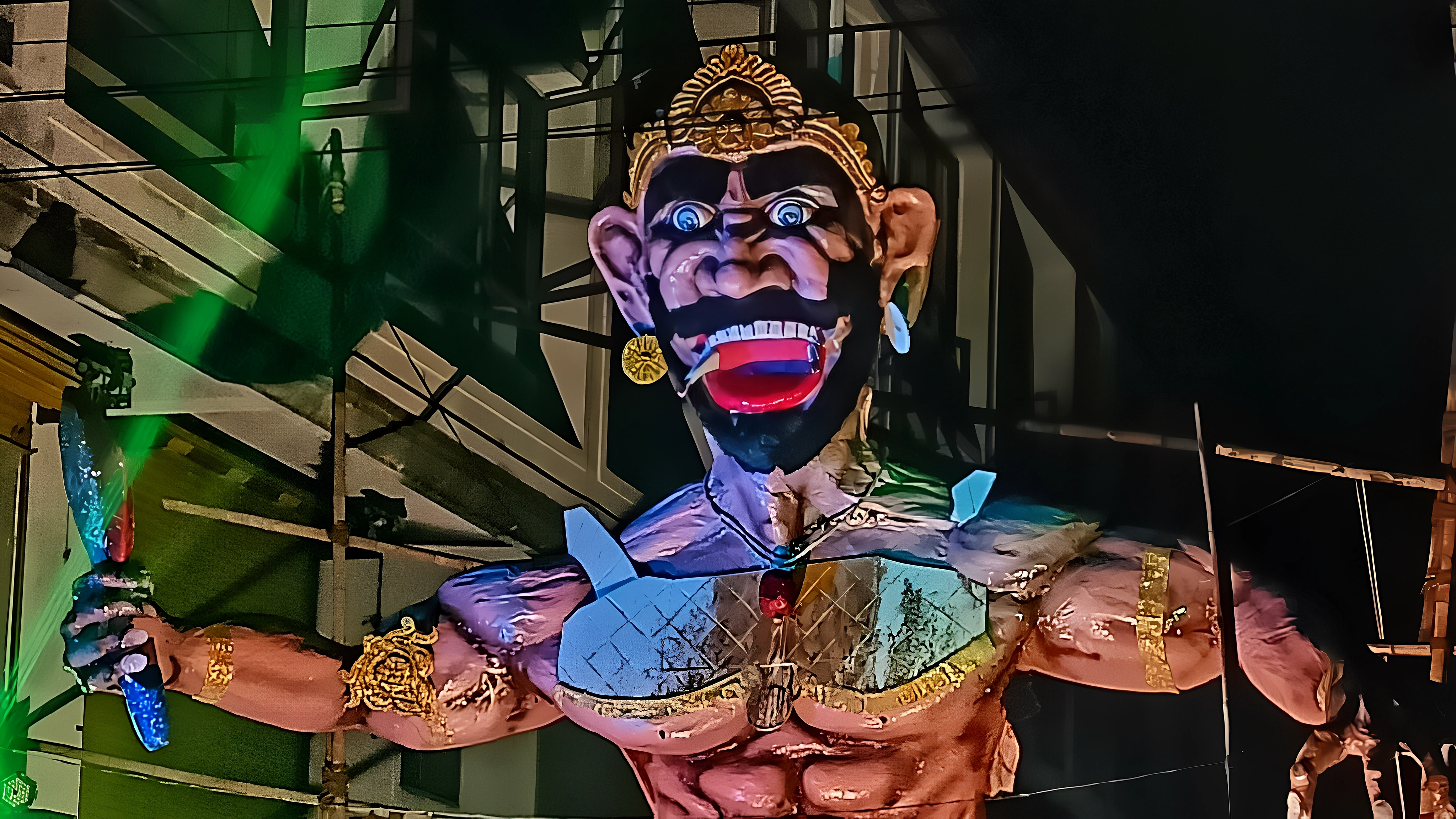
Where To Witness The Celebration
If you are in Goa during Diwali, some of the best places to experience Narakasur Chaturdashi include Mapusa, Panjim, Margao, and Bicholim. These towns host massive Narakasur-making competitions that draw large crowds and incredible creativity.
The processions usually start late at night on the eve of Diwali and continue till early morning. Tourists often gather before sunrise to witness the effigies go up in flames, marking the symbolic start of Diwali in the state.
A Festival Of Fire, Faith, And Community
Narakasur Chaturdashi is more than just a spectacle — it’s an emotional celebration of courage, creativity, and community. It brings together art, mythology, and devotion in a uniquely Goan way, reminding everyone that Diwali is not just about lights, but about conquering the darkness within and around us.
If you plan to visit Goa during the festive season, witnessing this fiery tradition should be on your travel bucket list. It’s loud, chaotic, and absolutely unforgettable.
Follow Travel Moves on Instagram and Facebook for more unique travel stories, local traditions, and cultural experiences from across India and beyond.

